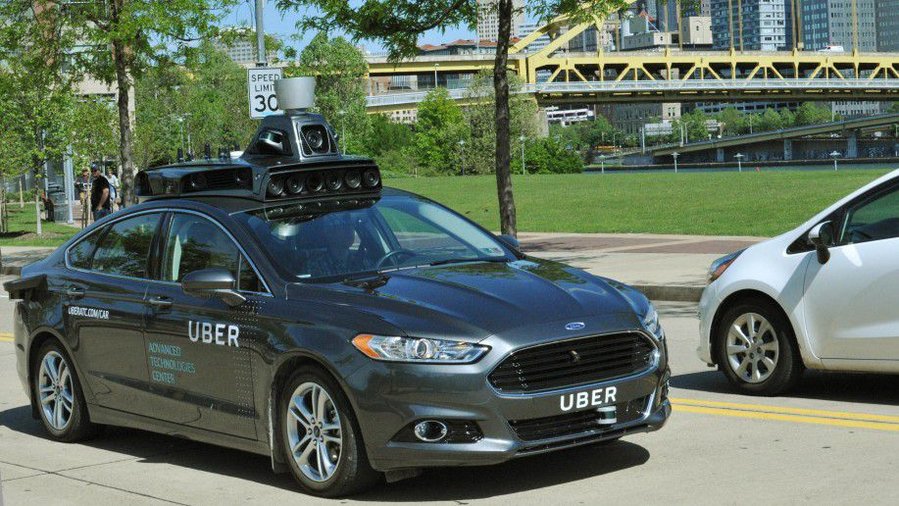7 connected-car questions for 2017

Regulators also made progress toward a connected future, with policy guidelines on deploying automated vehicles and vehicle-to-vehicle connectivity.
Despite the progress, there are many questions left to answer, some of which won't be fully addressed in 2017 or in the next five or 10 years.
Here are seven of them.
1.Who will win the race to Level 4?
Reaching the level of autonomy where no human intervention is needed to drive a vehicle is an industry goal slated for the next decade. However, some companies, such as Ford Motor Co., expect to have Level 4 vehicles in the next five years, while Tesla Motors Inc. already has equipped its vehicles with self-driving hardware and expects to install the software to go with it by next year.
Tesla's rollout could spur other automakers to speed their deployment timelines. It's also possible that Level 4 technology won't be introduced by an automaker. Tech companies such as Waymo (Google's self-driving car spinoff) and Uber -- both of which have said they will develop the software but won't build a vehicle -- also are working to reach full autonomy.
2.What is Apple doing?
Rumors of Apple's car aspirations, referred to as Project Titan, have been swirling since 2014, but few details have emerged since then as to what exactly the tech giant is working on. After Apple veteran Bob Mansfield took over and dozens of engineers reportedly left the project this year, it's been speculated that the company is pivoting toward a software-focused approach.
Apple car buzz was sparked again in November when the National Highway Traffic Safety Administration published a public comment from the company asking for more inclusive language for tech companies in its automated vehicle policy guidelines.
Despite the new information in 2016, it's unclear what Apple is planning, but maybe we'll find out in 2017.
3.Will cities get smart?
While much of the connectivity conversation revolves around vehicle-to-vehicle communication, full connectivity includes the environment that surrounds the car. Spurred by the promise of reduced congestion and fewer traffic accidents, cities such as Denver and Columbus, Ohio, have committed to installing new transportation technology to create a connected infrastructure.
As the effects of these systems begin to emerge, more local governments may follow suit. This year witnessed many developments for the connected car, but 2017 may be the year of the connected city.
4.Will we reach 5G connectivity?
New partnerships formed in 2016 with the goal of accelerating technology development. Many of these unions came about with 5G connectivity -- which is 10 times faster than the current 4G cellular services -- in mind.
BMW, Audi and Daimler linked up with telecommunications companies Ericsson, Huawei, Intel, Nokia and Qualcomm to form the 5G Automotive Association, while consumer electronics giant Samsung bought supplier Harman International to facilitate its 5G rollout. We could see the fruits of these mergers within the next year, helping to integrate cars into the Internet of Things.
5.Will regulatory guidelines become federal law?
The federal government entered the connected-vehicle conversation this year, releasing a 15-point policy on automated vehicles and proposing a mandate for all new cars to have vehicle-to-vehicle communications systems, expected to take effect in 2023. Though these actions are a step toward widespread regulation, automakers aren't required to follow them yet.
As vehicle technology becomes more sophisticated and ready for public use, NHTSA and other regulators may be forced to act more decisively.
Issues already have arisen on the state level, with companies such as Uber deploying autonomous technology without local government permission.
6.What will infotainment look like?
With the expectation that drivers no longer will have to watch the road once the car takes over, the infotainment space has become increasingly valuable real estate. In-vehicle entertainment could be a $5 billion industry over the next few years, according to Intel.
Google and Apple already have made inroads inside the car with Android Auto and Apple CarPlay, and Samsung is expected to have a presence after its acquisition of Harman.
As more companies begin to focus on the growing importance of infotainment, we could see changes come to the vehicle cockpit as early as the new year.
7.Which companies will land in the startup graveyard?
Several Silicon Valley-based startups stumbled or changed course in 2016, including online used-car market Beepi, which was bought by Fair.com, former TrueCar CEO Scott Painter's venture, and aftermarket self-driving software maker Comma.ai, which canceled its device after receiving safety questions from NHTSA. Others, such as Cruise Automation and Chariot, were acquired by automakers.
The automotive startup space is crowded, and as the connected-vehicle landscape continues to shake out, it is likely that more startups won't make it. However, the ones that do may play a major role in shaping the future, whether they're operating independently or under an automaker.
Nouvelles connexes


